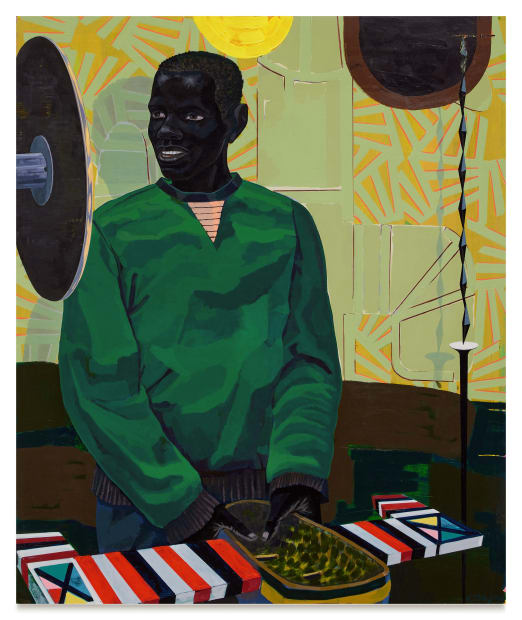
Non-fungible tokens (NFTs) have gained significant attention in the art world. Artists, especially digital artists, have been creating unique digital artworks and selling them as NFTs, often at high prices. They use blockchain technology to create a unique, verifiable record of ownership for a digital or physical asset. This trend has raised questions about the intersection of technology, ownership, and art.

Street art and graffiti continue to be influential in the art world even today. Artists like Banksy, Shepard Fairey, and Keith Haring have inspired a new generation of street artists whose works have gained recognition in galleries and auctions. Street art and graffiti have increasingly gained acceptance in mainstream art circles. Galleries and museums have dedicated exhibitions to street artists, and collectors have shown growing interest in acquiring their works.

There is a resurgence of interest in contemporary realism. Many artists are exploring highly detailed, figurative works that often incorporate elements of fantasy, surrealism, or social commentary. Contemporary realism is not limited to one particular style or technique. Artists working in this genre may employ various methods, such as hyperrealism, classical realism, magical realism, or surrealism, to convey their ideas and narratives.

Afrofuturism, which explores themes of African identity and culture in the context of science fiction and futurism, has gained traction over the years. Artists like Kerry James Marshall and Kehinde Wiley have contributed to the popularity of this genre. Afrofuturism offers a platform for exploring and celebrating Black identity, history, and culture in imaginative and futuristic contexts.

Beyond NFTs, digital art in various forms, including computer-generated imagery (CGI), virtual reality (VR), and augmented reality (AR), is gaining prominence as artists explore new ways to create and display art. These digital mediums offer artists new tools and possibilities for creative expression, and they have the potential to reshape how art is created, displayed, and experienced.

Asian contemporary art, particularly from countries like China, South Korea, and Japan, is experiencing a surge in interest. Artists like Yangyang Pan are being recognized and celebrated on the global stage among other contemporaries. Asia is a vast and culturally diverse continent with a long history of artistic expression. Contemporary Asian artists draw on a wide range of cultural, historical, and social influences in their work, creating a rich tapestry of styles and themes.

Artists are increasingly addressing environmental and social issues in their work. Climate change, racial justice, and other pressing topics are central themes for many contemporary artists working today. Art can serve as a form of social activism, with artists using their platforms to engage in important dialogues and advocate for change. Artistic expressions, such as protest art and public installations, have been used to demand justice and equality.

Art is a diverse and ever-evolving field, offering a wide range of exciting developments and creative expressions. To stay updated on the latest art trends and emerging artists, consider following art publications, galleries, art fairs, and artist management in Dubai. Attending local art exhibitions and events can also provide insights into what's happening in your specific region or city's art scene. Keep in mind that the art world is diverse, and trends can vary widely depending on your location and personal interests.
Skaya Art Agency, Dubai, United Arab Emirates
This website uses cookies
This site uses cookies to help make it more useful to you. Please contact us to find out more about our Cookie Policy.
* denotes required fields
We will process the personal data you have supplied in accordance with our privacy policy (available on request). You can unsubscribe or change your preferences at any time by clicking the link in our emails.